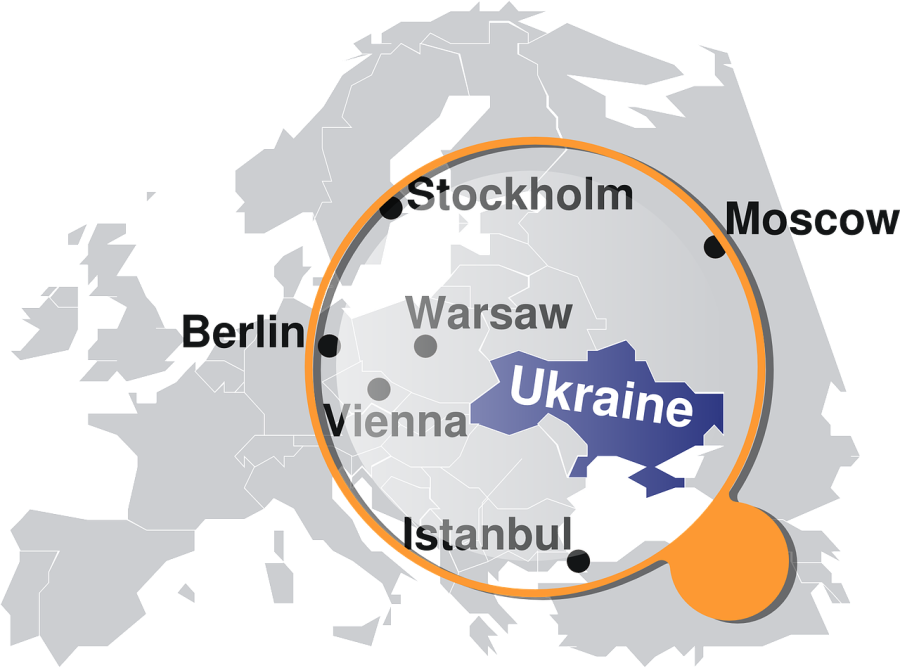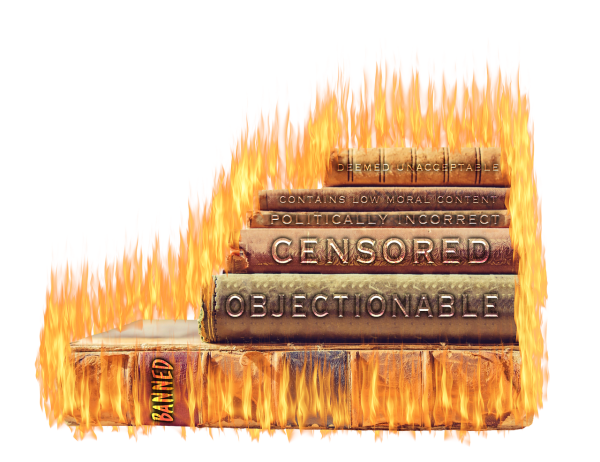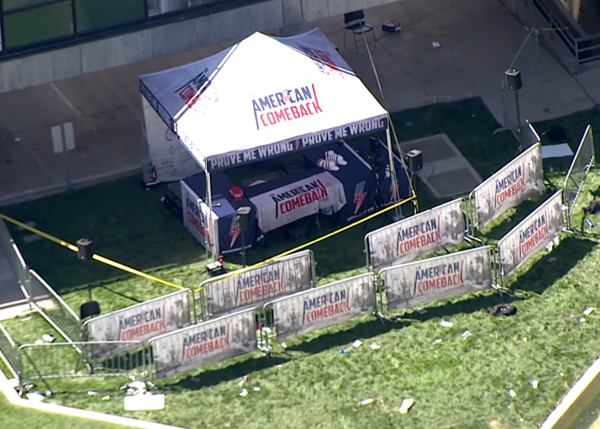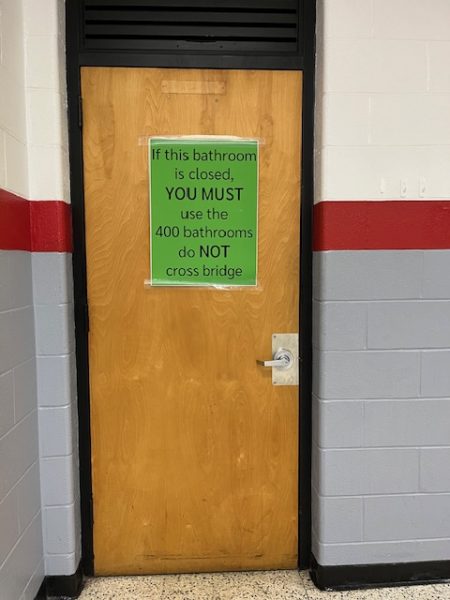The Russian/Ukraine Conflict: Quick Facts
On February 24, Russia launched a military strike on Ukraine, something the world has been anticipating for months.
While the East Coast was sleeping, Russia launched an anticipated attack on Ukraine. For those following this major event, it comes as no surprise. For those who are just starting to follow, Russia has threatened to attack Ukraine over the past couple months and set up close to 200,000 troops on the Ukrainian/Russian border.
Although there have been steady, but minor, conflicts between the two countries for years, as Russia considers Ukraine under its influence, the conflict escalated in December when Russian demanded that NATO deny Ukraine membership. NATO is a military alliance between 30 countries that started after WWII.
Here are some quick facts on the ongoing conflict:
What Happened Last Night?
- Russian troops began military action over the border of Ukraine and launched planes/missile strikes throughout the country.
- Cities all over Ukraine that house air bases and defenses suffered strikes, including an airport outside of the capital of Kyiv. The vastness of the attack was surprising, as many expected fighting at the border. The Ukrainian government called the attack “full scale from multiple directions.”
- Ukraine declared martial law, or direct military control over civilian law.
- Although Russian President Vladimir Putin stated that civilians would not be attacked, many news outlets, including CBS News, reported civilian apartments and streets in ruins and deaths being reported.
Why Ukraine is Vulnerable
- Ukraine is not a member of NATO, and unable to directly depend on the U.S. and allies for direct military support. However, the U.S. does help support Ukraine’s military financially.
- Ukraine’s military is no match for Russia’s, and are already stretched thin defending their borders.
- Ukraine is surrounded by Russian allies and Russia itself.
- According to The New York Times, “To Europe and the United States, Ukraine matters in part because they see it as a bellwether for their own influence, and for Russian intentions in the rest of Europe. Ukraine is not part of the European Union or NATO. But it receives considerable financial and military support from Europe and the United States. Russia’s invasion could suggest that Moscow feels empowered to raise tensions with other former Soviet republics that are now members of the Western alliance, like Estonia, Latvia and Lithuania.”
How it Affects Us and the World
- Due to the conflict, fuel prices around the world will continue to rise, as Russia supplies approximately one-third of Europe’s natural gas.
- The fact that Russia did not back down after sanctions the United States and other countries’ issued could impact how the world perceives America as a world power, as it would appear the U.S. influence is not as strong as it is perceived.
- The conflict will impact the health of the global economy, which is already struggling after the COVID-19 pandemic.
- Some of the world’s mass grain suppliers take routes through the Black Sea which borders Russia and Ukraine, military action could disrupt grain production/distribution raising the cost worldwide.
- Both Republicans and Democrats are calling for the U.S. to support Ukraine. Putin did warn countries that interference would result in “consequences as you have never before experienced in your story.” This has led many to believe he is referencing Russia’s nuclear weapons.
Even though the conflict is an ocean away, it is clear it is important we follow the events happening in our world and the direct effects they have on us and mankind.

Morgan is a senior at Lakeland, and is beyond excited to be this year’s Editor-in-Chief for The Lancer Ledger. This is her fourth year writing for the...












